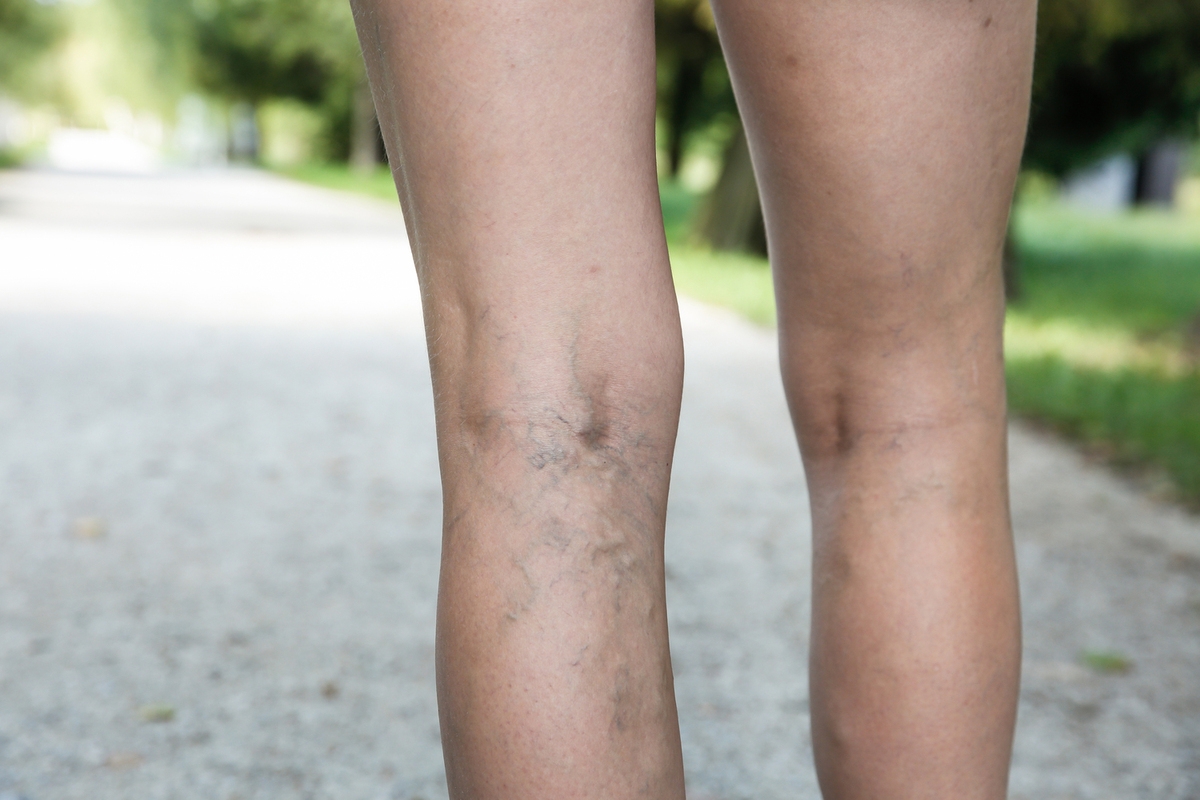Understanding Spider Vein Treatment: Options for Clearer Skin
Spider veins, medically known as telangiectasias, are small, dilated blood vessels that appear close to the surface of the skin. They can manifest as red, blue, or purple lines, often resembling a spider web, and are most commonly found on the legs and face. While generally harmless, spider veins can cause cosmetic concerns and discomfort for those who have them. This article details the various treatment options available, providing a comprehensive guide to achieving clearer skin.
What Causes Spider Veins?
Spider veins can be caused by a variety of factors, including:
Genetics: A family history of spider veins increases one’s likelihood of developing them.

Age: Vein walls and valves weaken over time, making older adults more susceptible.
Hormonal Changes: Pregnancy, menopause, and hormonal therapies can contribute to the development of spider veins.
Prolonged Standing or Sitting: Occupations that require long periods of standing or sitting can induce pressure on leg veins.
Obesity: Excessive body weight can exert additional pressure on the veins.
Sun Exposure: UV rays can damage the skin and underlying blood vessels, especially on the face.
Symptoms and Diagnosis
Spider veins are usually easy to identify due to their distinct, web-like appearance. However, in some cases, they might be accompanied by symptoms such as aching, burning, or swelling in the affected area.
Spider Vein Treatment Options
1. Sclerotherapy
What It Is: Sclerotherapy is one of the most common treatments for spider veins. It involves injecting a sclerosing solution directly into the affected veins, causing them to collapse and fade from view over time.
Procedure: During the procedure, the doctor uses a fine needle to inject the solution, typically causing minimal discomfort. The treated veins gradually disappear over the course of several weeks.
Pros:
– Minimally invasive with no major downtime.
– Highly effective for small to medium-sized veins.
Cons:
– Multiple sessions may be needed.
– Possible side effects include swelling, bruising, and, in rare cases, blood clots.
2. Laser Therapy
What It Is: Laser therapy uses focused light to heat and damage the spider veins, prompting them to collapse and be absorbed by the body.
Procedure: A specialized laser device is used on the skin surface to target the spider veins. This is a non-invasive procedure, but slight discomfort and a warming sensation may be felt during treatment.
Pros:
– Non-invasive with no needles.
– Suitable for facial spider veins and smaller veins.
Cons:
– May require multiple treatments.
– Risk of minor skin discoloration or burning.
3. Endovenous Laser Therapy (EVLT)
What It Is: EVLT is similar to laser therapy but is used for larger veins. It involves inserting a laser fiber directly into the vein.
Procedure: The doctor inserts a thin laser catheter into the affected vein, where it emits laser energy to close off the vein.
Pros:
– Minimally invasive and highly effective for larger veins.
– Quick recovery time.
Cons:
– More invasive than surface laser treatment.
– Possible side effects include bruising and swelling.
4. Radiofrequency Ablation (RFA)
What It Is: This treatment uses radiofrequency energy to heat and close off the veins.
Procedure: A catheter is inserted into the vein, emitting radiofrequency energy to heat the vein walls, causing them to collapse.
Pros:
– Minimally invasive with a high success rate.
– Short recovery period.
Cons:
– Possible side effects include bruising and skin numbness.
– May require local anesthesia.
5. Compression Stockings
What They Are: Compression stockings are a non-invasive method that helps improve blood flow and reduce swelling.
Usage: These specially designed stockings apply pressure to the legs, helping to move blood more efficiently and alleviate symptoms.
Pros:
– Non-invasive and easy to use.
– Can prevent the development of new spider veins.
Cons:
– Does not eliminate existing spider veins.
– May be uncomfortable to wear for extended periods.
Preventing Spider Veins
While not all cases of spider veins can be prevented, certain lifestyle changes can reduce the risk:
Exercise Regularly: Promote healthy circulation through physical activity.
Maintain a Healthy Weight: Reduces the pressure on veins.
Elevate Legs: When sitting or lying down, elevate legs to improve blood flow.
Wear Compression Stockings: If prone to spider veins, these can be beneficial.
Avoid Prolonged Standing/Sitting: Take breaks to move around and stretch.
Spider veins, though typically a cosmetic concern, can be effectively treated through a variety of methods. From sclerotherapy to laser therapy, and radiofrequency ablation, the options available cater to different needs and vein sizes. Consulting a healthcare professional is essential to determining the most suitable treatment. With modern advancements, clearer and healthier skin is within reach for anyone dealing with this common issue.

